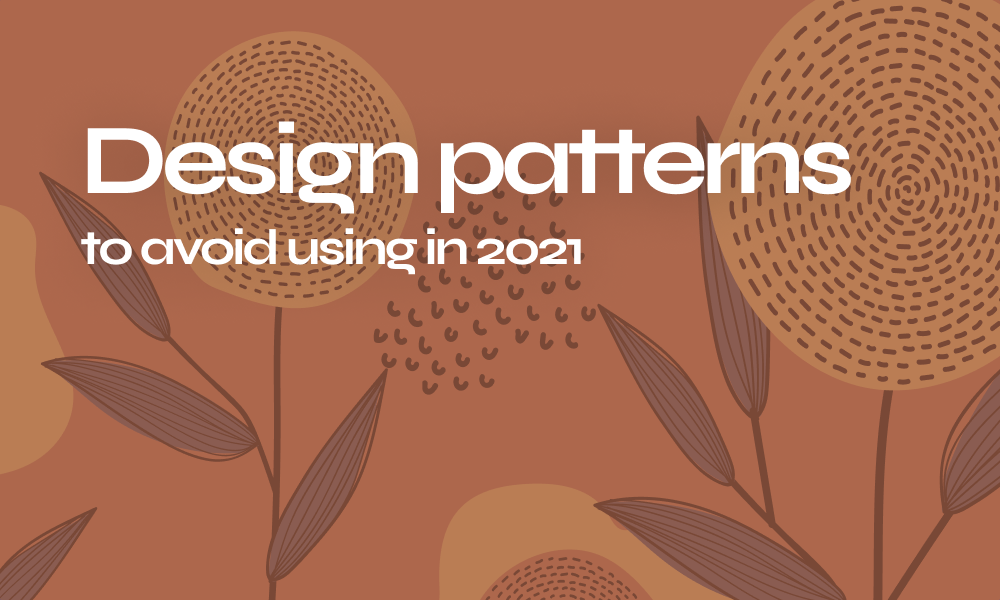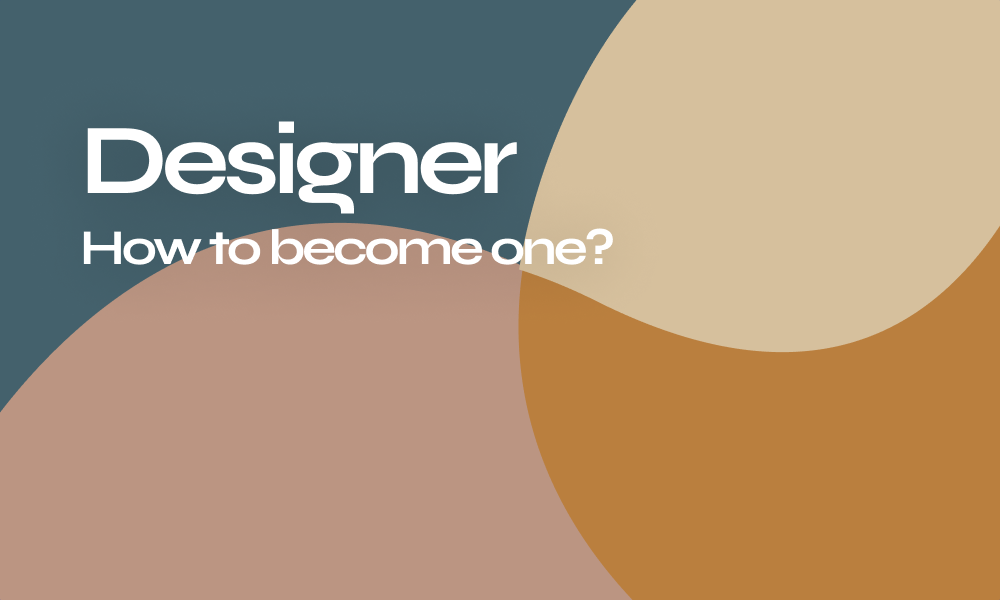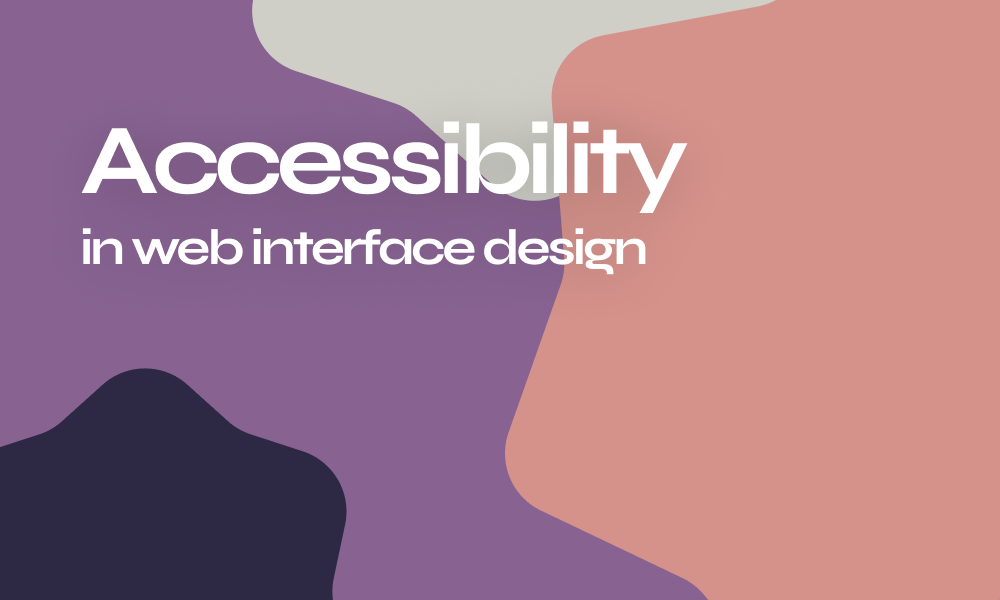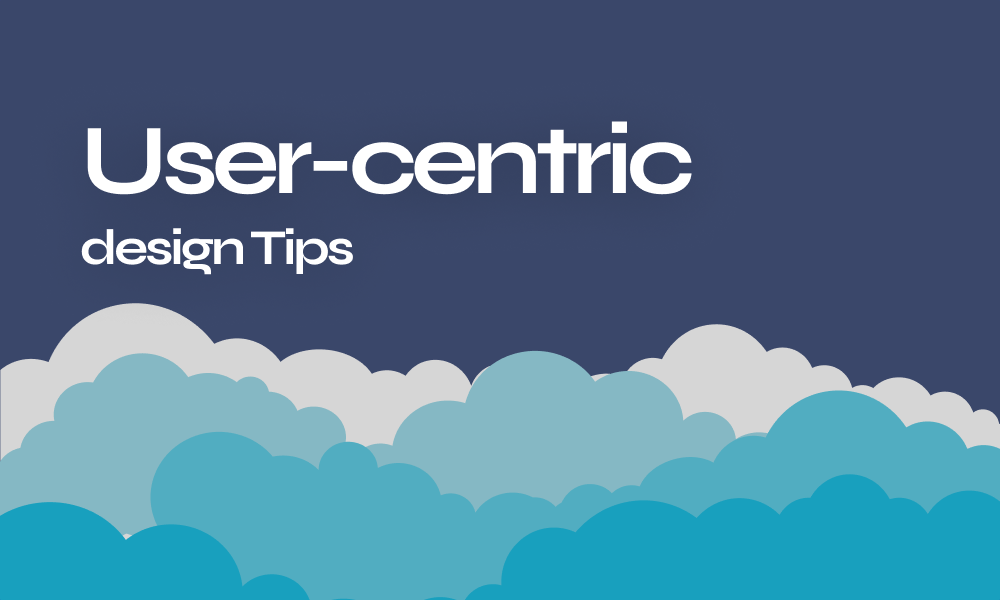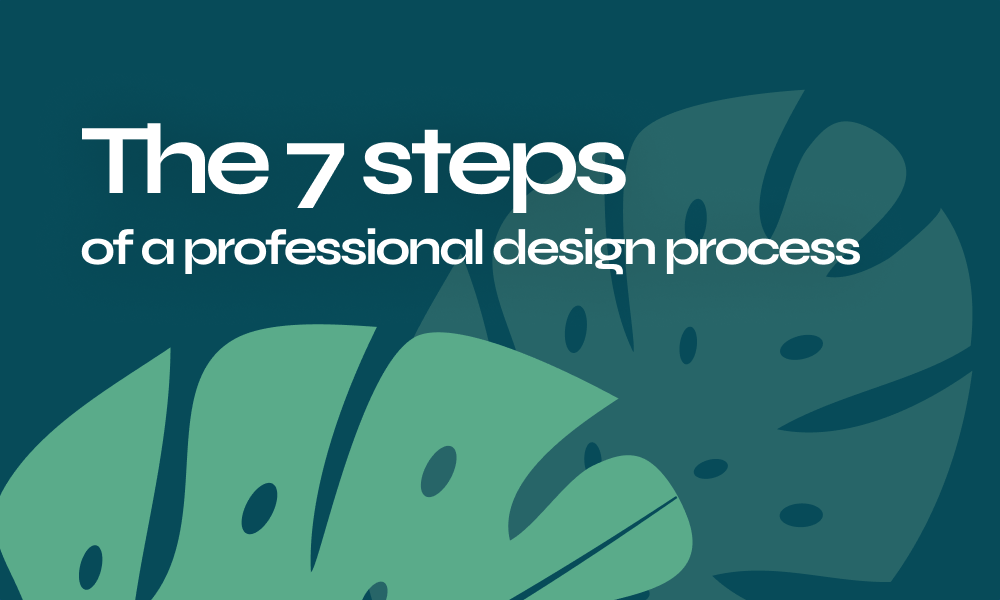
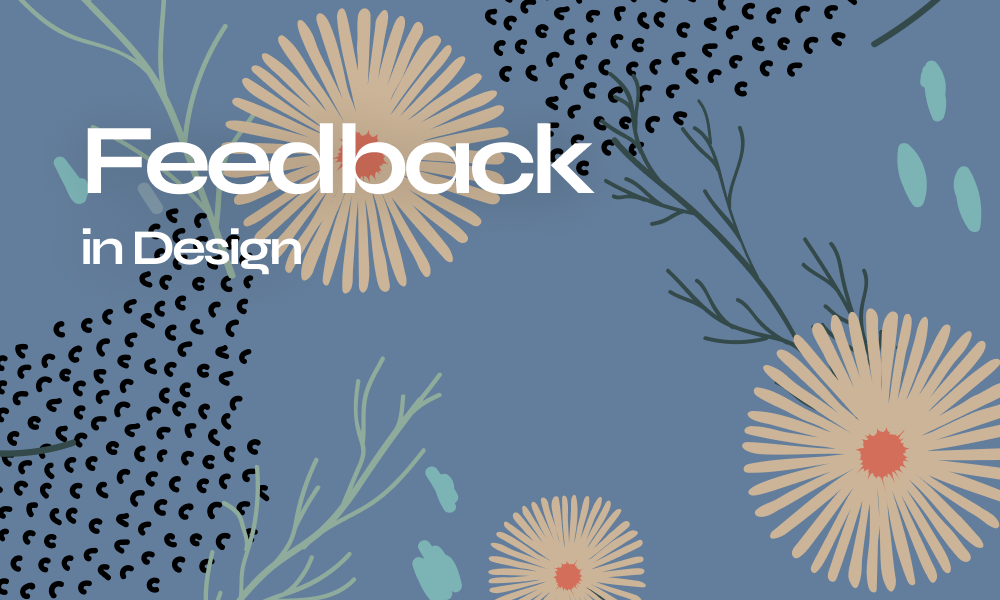
You might wonder why do we even give tips about such a simple thing as feedback? Well in the design world feedback isn’t optional and there is no way to run away from it! It is a very important step of THE DESIGN PROCESS. Whether it is about receiving feedback from clients or giving feedback to colleagues, a critique isn’t done randomly in design, it follows some rules to give value
Whether you are a client or a designer, In order to formulate the best cultivating feedback to improve one’s design here are the best tips!
How important is feedback in design?
Critique is what pushes teams and individuals to commit to the realization of a project and meeting all its related goals and expectations:
- Helps the designer save time and efforts
- Empowers better initiatives and innovative thinking
- Improves one’s design thinking and helps to create user-centered designs
- Give a deeper understanding of visual or technical requirements
- etc..
How to excel in your design critique?
You don’t need to have an understanding of the design field to give your feedback to a designer those simple steps will help you reach your goal of collaborating efficiently with a designer for the sake of your project success
Show Respect the presented work before giving critique
No matter how much you dislike it or have a lot to say about it, establishing an atmosphere of mutual respect and showing appreciation to the given work before giving any feedback is crucially important to guarantee the smoothness of the information flow. A client has all the right to suggest changes and give opinions about what he is putting his money into yet they should always show respect to the already made efforts before diving into critiques
Make your feedback interactive
A successful design process is collaborative. There are many ways to deliver feedback than just writing bullet points in an email.
You can instead formulate your feedback into thoughtful questions that keep the conversation going, opens the door for further discussions, encourages brainstorming new ideas, and even strengthens the bond between the design team and the client
The questions you ask help the designer get better insights about what you want and your general taste to try to satisfy your demands more efficiently.
Be objective!
Visual design can be subjective driving you to give feedbacks influenced by your personal taste and vision but at the end of the day it is the user who gets to evaluate the work so keep the focus on how the design can meet the business strategy and satisfy your potential audience only regardless of how you perceive it
Ask for feedback for your feedback
Wors like what do you think? Or do you agree with what I suggested? might seem odd but asking for the person’s opinion after giving them feedback is really helpful to come up with the best practices as prescribing solutions right away can feel overly authoritative or run the risk of imposing your own aesthetic biases.
Your questions can help empower the other person to consider alternatives and explore different solutions in their next iteration.
Categorize your suggested points
A long list of suggestions might be overwhelming for the designer, instead, try to categorize your bullet points according to which area they are meant to impact for example:
- Aesthetic points (how the design feels at first glimpse?)
- Visual hierarchy (how the content is arranged?)
- Negative spaces (are they enough? Too much?)
- Branding (how the colors align with the brand?)
- Consistency ( can you spot inconsistencies? )
- Usability (does the design meet the desired functionality?)
- Accessibility (can disabled people use the design?)
- etc
Gather data and references
Your feedback should be based on real functional examples to deliver your vision correctly and avoid any misunderstandings that can lead to a waste of time. References and collected data help the designer target certain aspects in the design and save time by precisely understanding the requirements
Make collaboration way easier with Arsenic Design System!
Paying attention to the way in which design feedback is delivered can have a real impact on the success of a project. By implementing those tips and using the advanced collaboration space offred by Arsenic, collaboration is fostered, roles are defined, strategic goals are brought to the forefront of decision-making, and projects can run like magic!


